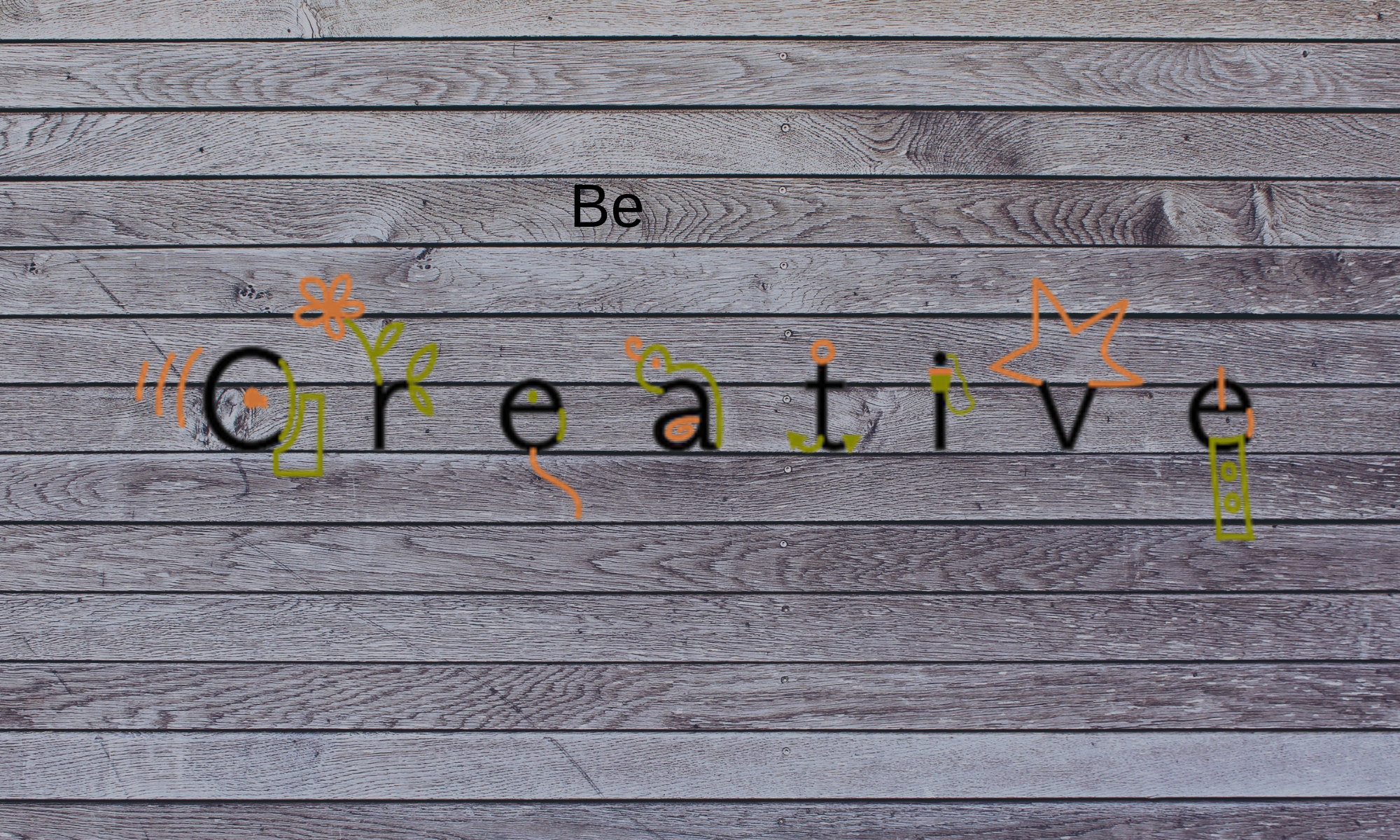When someone says the word “creative” what is the first image that springs to your mind? Do you imagine a lonely, long-haired, and somewhat eccentric artist toiling away in his dingy studio? If so, you are the victim of one of the most common stereotypes associated with creative people – that they all tend to be artists. Such stereotypes and misconceptions extend not just to creative people but also to what creativity means. So here are our top three misconceptions about creativity that just don’t seem to go away.
Myth 1: Creativity = Art
Most people equate creativity with art. In fact, the top images for a google search on “creativity kids” show children busy making art, with paints of different colors covering their hands and faces. But creativity isn’t just about making some pretty artwork – it’s about making something original and useful. Some of the most creative people weren’t artists – they were scientists, engineers and doctors who pushed the boundaries of what was possible in their fields. For example, Sergey and Larry’s idea to combine citations with websearch, was highly creative and led to a groundbreaking new search engine.
Myth 2: Children are more creative than adults
This myth arises from two erroneous beliefs. First, that children are naturally creative and as they grow older they learn to suppress their creative instincts. But that’s not really true. Lev Vygotsky, the famous Russian psychologist, notes that “everything the imagination creates is always based on elements taken from reality, from a person’s previous experience.” Children’s imagination lacks the sophistication of an adult’s imagination because they don’t have a similarly extensive and diverse experience to fuel it. As a result, children’s imagination is not richer – it just leans towards fantasy because it has fewer elements to combine in meaningful ways. The second flawed view is that creativity is really the same as imagination. Imagination is a precursor to creativity, but imagination by itself can result in many impractical and outlandish ideas. To be truly creative, ideas need to be novel and useful.
As children mature, not only does their imagination improve, because they have more experience to rely on, but their ability to critically analyze ideas and discard impractical ones increases as well. And as they move into adulthood, they become a more creative version of their younger selves.
Myth 3: Creativity arrives spontaneously
Most people believe that creativity comes in sudden bursts of insights. David Burkus in his book, The Myths of Creativity, points out that “Eureka” moments don’t occur in isolation – instead they fall into a larger five-stage process of preparation, incubation, insight, evaluation and elaboration. It’s incubation, the stage that precedes an insight, where people briefly step back from the problem that gives an illusion of spontaneity. So Archimedes’ famous eureka moment, when he found a way to measure the purity of a gold crown, was really only possible because he had been mulling on the problem for a while before he decided to relax and take a bath. In fact, in some areas like science, major breakthroughs in insight come after years of working on problems. As Keith Sawyer, remarks in his book, Explaining Creativity, “scientists have discovered that creativity is mostly conscious, hard work.”

